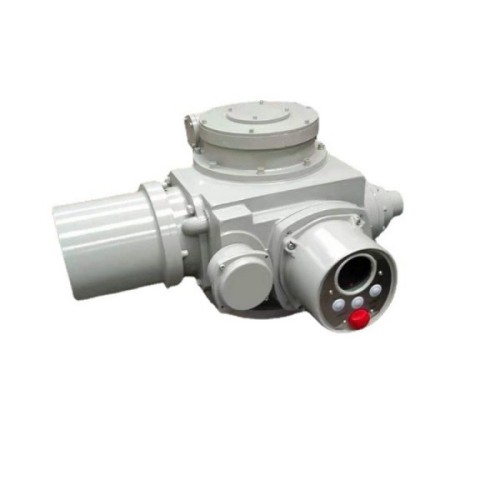Understanding the Function and Importance of Check Valves in Piping Systems
Understanding Check Valve Pipes A Key Component in Fluid Systems
Check valve pipes are essential components in various fluid handling systems, playing a crucial role in preventing backflow and ensuring the smooth operation of processes across industries. A check valve, also known as a one-way valve, is designed to allow fluid to flow in only one direction while preventing reverse flow. This characteristic makes check valve pipes a critical element in applications involving pumps, pipelines, and hydraulic systems.
The Functionality of Check Valves
At its core, a check valve operates based on pressure differentials. When fluid flows through the pipe in the intended direction, the valve opens, allowing fluid to pass. However, if the flow attempts to reverse, the valve closes automatically, thereby preventing backflow. This function is essential in maintaining the integrity of systems, as backflow can lead to contamination, equipment damage, and even system failures.
There are several types of check valves, including swing check valves, lift check valves, and diaphragm check valves. Each type operates differently based on its design and application requirements. For instance, swing check valves are typically used in larger pipes and applications where there are higher velocities of fluid, while lift check valves are preferred in vertical piping systems.
Applications of Check Valve Pipes
Check valve pipes are utilized in a wide range of industrial and residential applications. In water supply systems, they help prevent contamination of potable water by ensuring that water does not flow back into the supply source. In wastewater management, check valves prevent sewer water from backing up into treatment plants or residential systems.
check valve pipe

In the oil and gas industry, check valves are vital in preventing backflow in pipelines that transport crude oil and natural gas. They help maintain pressure and ensure that the transported materials flow smoothly without risking spills or leaks.
Moreover, in hydraulic systems, check valves help maintain proper pressure levels and prevent cavitation in pumps, which can lead to equipment damage. Their role in maintaining system integrity is invaluable, emphasizing the importance of choosing the right type of check valve for specific applications.
Selecting the Right Check Valve Pipe
When selecting a check valve pipe for a particular application, several factors must be considered. These include the type of fluid being transported (liquid or gas), pressure and temperature conditions, and the specific flow requirements of the system. Additionally, material compatibility is crucial; for instance, corrosive fluids require check valves made from resistant materials like stainless steel or special alloys.
Another aspect of selection involves the size of the check valve. It is essential to choose a valve that matches the diameter of the piping to ensure optimal flow and functionality. Incorrect sizing can result in inefficiencies and operational issues.
Conclusion
In conclusion, check valve pipes are indispensable components in fluid systems, providing essential backflow prevention and ensuring operational efficiency. Their ability to protect systems from reverse flow contributes to the longevity and reliability of various applications across multiple industries. Understanding the types of check valves, their specific applications, and the factors influencing their selection can lead to more effective and safer fluid handling practices. As technology advances, the design and materials used for check valves continue to improve, enhancing their reliability and effectiveness in modern engineering solutions.
-
Breakthrough in Domestic Low Temperature Valve Technology in ChinaNewsAug.18,2025
-
From Machinery to Intelligent Brain: The Digital Transformation Wave of the Valve IndustryNewsAug.18,2025
-
PCVEXPO 2025NewsAug.18,2025
-
The Key to Fluid Control: Exploring the Advantages of Ball Valves in Industrial SystemsNewsJul.09,2025
-
The Versatile World of 1, 2, and 3 Piece Ball ValvesNewsJul.09,2025
-
Stainless Steel Ball Valves: The Ideal Choice for Efficient Flow ControlNewsJul.09,2025
-
Optimizing Fluid Control with Ball Float ValvesNewsJul.09,2025




